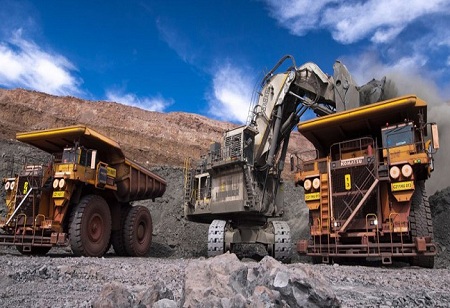To promote the exploration of deep-seated minerals like gold, silver, copper, and zinc, the government plans to revise the Mines and Minerals (Development and Regulation) Act, 1957. According to a senior government official who wished to remain anonymous, "the cabinet is likely to take up the amendment bill soon."
The proposal seeks to include a provision for an exploration licence in the law, which will be awarded through an auction for conducting reconnaissance and prospecting operations. According to the official, the permit would only be issued for deep-seated and crucial minerals that will be included in a new schedule to the Act.
These minerals include potash, rock phosphate, apatite, tellurium, lead, zinc, cadmium, copper, tellurium, selenium, lead, zinc, cadmium, indium, gold, silver, and diamond. Other essential and strategic minerals on the list include columbite, tantalite, lepidolite, scheelite, and cassiterite as
well as lithium, cobalt, molybdenum, rhenium, tungsten, graphite, vanadium, nickel, and tin. The proposed change will open the door to the issuance of mineral concessions for conducting the whole spectrum of exploration, from reconnaissance to prospecting operations. According to the suggested modifications, companies will be able to nominate places they want to investigate and eventually mine in India.
This is a departure from the standard procedure, in which mines or blocks are identified by the government and put up for sale. Once the land has been proposed for exploration, the state government must approve it before it can be given to mining activities.
The suggested modifications will probably encourage private sector involvement in all areas of mineral exploration, with a concentration on priceless and crucial ones. The available baseline survey data will be used to grant exploration licences to small-scale mining businesses. These businesses carry out exploratory work and upgrade the region to the point where mining operations can begin.
Companies will be able to transfer the mining concession in full or in part during the exploration phase or after exploration is complete. Since 2014, the Mines and Minerals (Development and Regulation) Act has undergone five amendments. Prior amendments mandated the use of electronic auctions for mineral resources and permitted the extension of mining leases that were about to expire.
India currently has roughly 688,000 square kilometres of obvious geological potential areas, of which the Geological Survey of India has recognised 197,000 square kilometres of high potential area. Only 1% of the global budget for mineral exploration is thought to be invested in India.
